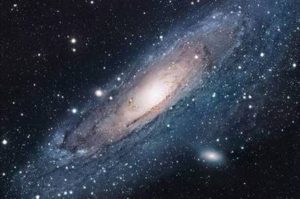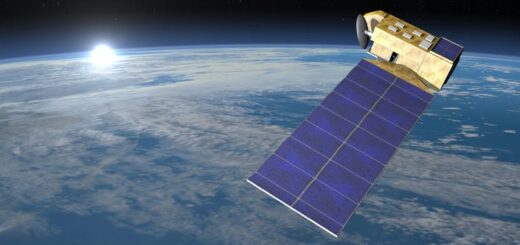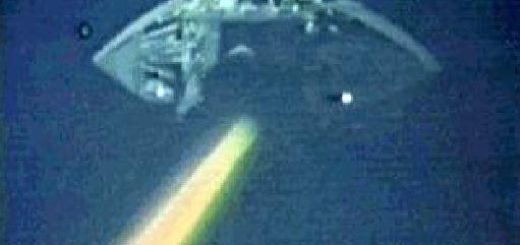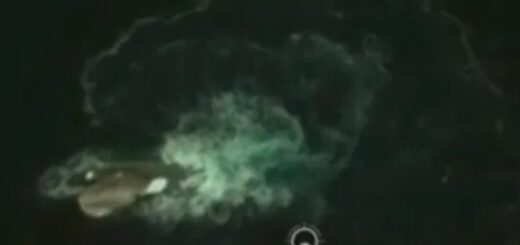New Study Sheds More Light On Milky Way’s Turbulent Past

ESA’s star mapping mission, Gaia, has shown our Milky Way galaxy still experience continuing effects of a near collision that took place in the past 300–900 million years.
An interesting and totally unexpected pattern was revealed during an analysis of the motions of a few million stars in the Milky Way disc.
Milky Way
Gaia helps astronomers to chart a 3D map of our Galaxy, the Milky Way, in the process revealing the composition, formation and evolution of the Galaxy. The mission not only accurately measures the positions of more than a billion stars but also precisely measures their velocities on the plane of the sky.
One shape in particular was intriguing. It was a snail shell-like pattern in the graph that plotted the stars’ altitude above or below the plane of the Galaxy against their velocity in the same direction. It had never been seen before.
“At the beginning the features were very weird to us,” said Teresa Antoja from Universitat de Barcelona, Spain, who led the research. “I was a bit shocked and I thought there could be a problem with the data because the shapes are so clear.”
Antoja and her team had performed many tests on the data to look for errors that could be forcing such shapes on the data. However, there were no errors and these features do indeed exist in reality. The reason they had not been seen before was because the quality of the Gaia data was a huge step up from what had come before.
“It looks like suddenly you have put the right glasses on and you see all the things that were not possible to see before,” said Antoja. “It is a bit like throwing a stone in a pond, which displaces the water as ripples and waves.”
Unlike the water molecules, which settle again, the stars retain a ‘memory’ that they were perturbed. This memory is found in their motions. After some time, although the ripples may no longer be easily visible in the distribution of stars, they are still there when you look in their velocities.
The researchers looked up previous studies that had investigated such ‘phase mixing’ in other astrophysical settings and in quantum physics situations. Although no one had investigated this happening in the disc of our Galaxy, the structures were clearly reminiscent of each other.



 Creators of mankind
Creators of mankind Description of “Tall white aliens”
Description of “Tall white aliens” Where they came from?
Where they came from? About hostile civilizations
About hostile civilizations The war for the Earth
The war for the Earth “Tall white aliens” about eternal life
“Tall white aliens” about eternal life Video: “Nordic aliens”
Video: “Nordic aliens” Aliens
Aliens Alien encounters
Alien encounters The aliens base
The aliens base UFO
UFO Technology UFO
Technology UFO Underground civilization
Underground civilization Ancient alien artifacts
Ancient alien artifacts Military and UFO
Military and UFO Mysteries and hypotheses
Mysteries and hypotheses Scientific facts
Scientific facts


















